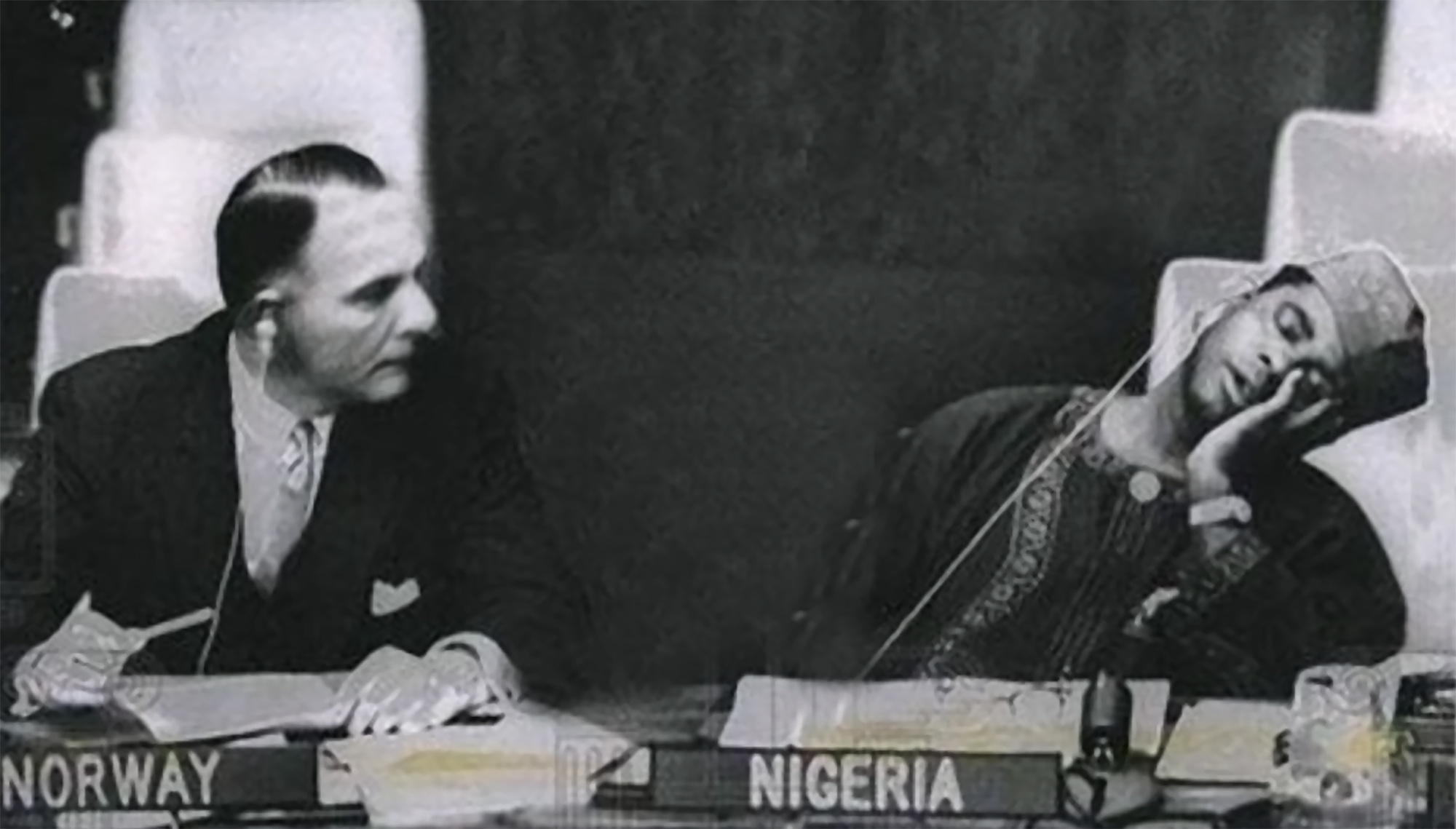The Last Trail of Lumumba
- On January 17, 1961, Patrice Lumumba, an anti-colonialist leader, was murdered, who crumbled his body in acid and ended his life. 60 years later, the only remaining remains, a tooth, have been returned to the family. So, Lumumba will have her own grave.

Born 17 January 1961 (Katanga, current Democratic Republic of the Congo). The anti-colonialist leader and first head of democratic government of the Democratic Independent Republic of the Congo, Patrice Lumumba, was murdered. It was later learned that in the execution, in addition to the representatives of Katanga, there were also members of the Belgian intelligence and the cia.
Lumumba was Prime Minister of Congo between June and September 1960, from the country's independence from Belgium, until Mobutu was expelled from power by a coup d'état in June and September 1960. Lumumba fled and tried to concentrate forces on his defense, but was arrested on 1 December by the police. The death sentence had been imposed on him beforehand. After the UN refused to support the elected Prime Minister, on 26 August, the CIA Director, Allen Dulles, sent the following telegram to the agents in Congo: “We have decided that our most important goal is to eliminate it and that, in the current situation, it has a high priority in our secret action.” And “eliminating” meant not only killing Lumumba, but also leaving no trace of her. The day after his death,
The body of Lumumba was disintegrated into acid, according to Belgian former policeman Gerard Soete, 52, confessed in 2000. Soet was ordered to destroy Lumumba's fingerprints and assured 40 years after he had discovered the body and put it in acid. He also said that he had kept two teeth and showed them on a German television show. Soete died the following year and the subject remained silent until in 2016 his daughter decided to take him out into the media. Then, the Belgian justice ordered that the house of Soete be searched, in which a tooth was located and requested in a precipitate manner.
In January 2020, the sons of Lumumba wrote a letter to King Philip I of Belgium in which they returned the tooth, the last of his father, saying: “Our father disappeared from the world of the living to live among us, but always in a cold way (…) In order for our family to follow his footsteps and receive the precious heritage of his talent, his courage and his brave patriotic virtue, we must bury in the eternal grave what unfortunately disappeared.”
The examining magistrate in charge of the case, after receiving approval from the Prosecutor’s Office, decided in September 2020 to hand the tooth over to the family and, after 60 years, Lumumba will have his own grave.
I just saw a series from another sad detective. All the plots take place on a remote island in Scotland. You know how these fictions work: many dead, ordinary people but not so many, and the dark green landscape. This time it reminded me of a trip I made to the Scottish... [+]
In 2017, Indonesia and the Netherlands signed an agreement to return the heritage stolen by the European country because of colonialism for three centuries. The Indonesian responsible for the return process, Gusti Agung Wesaka Puja, explained that this agreement "was important in... [+]
The Centre Tricontinental has described the historical resistance of the Congolese in the dossier The Congolese Fight for Their Own Wealth (the Congolese people struggle for their wealth) (July 2024, No. 77). During the colonialism, the panic among the peasants by the Force... [+]
New York, 1960. At a UN meeting, Nigeria’s Foreign Minister and UN ambassador Jaja Wachucu slept. Nigeria had just achieved independence on 1 October. Therefore, Wachuku became the first UN representative in Nigeria and had just taken office.
In contradiction to the... [+]
Washington (EE.UU. ), 1807. The US Constitution banned transatlantic slave trade. This does not mean that slavery has been abolished, but that the main source of the slaves has been interrupted. Thus, slave women became the only way to “produce” new slaves.
So in 1845, in... [+]
It is no coincidence that Columbus Day, that of the Civil Guard and the Virgen del Pilar coincided on that date. The three represent oppressive structures (statue, army and church). On the other hand, there is indigenous resistance and population that the Spanish State... [+]
























